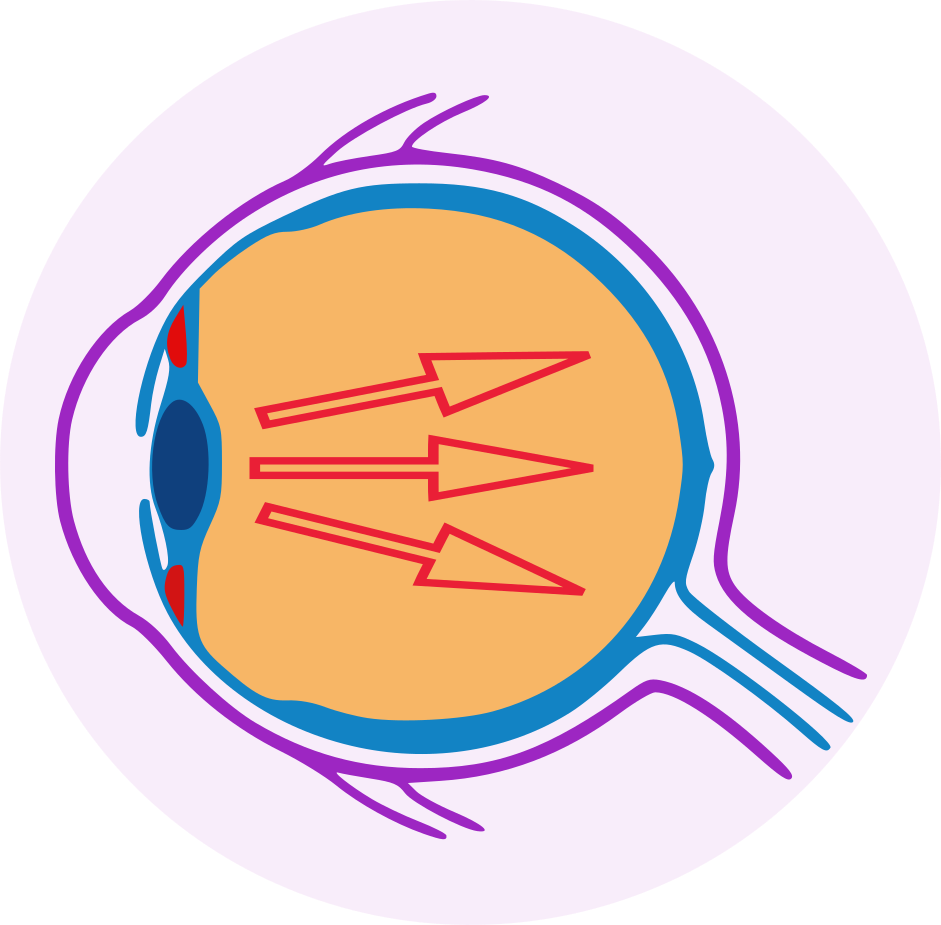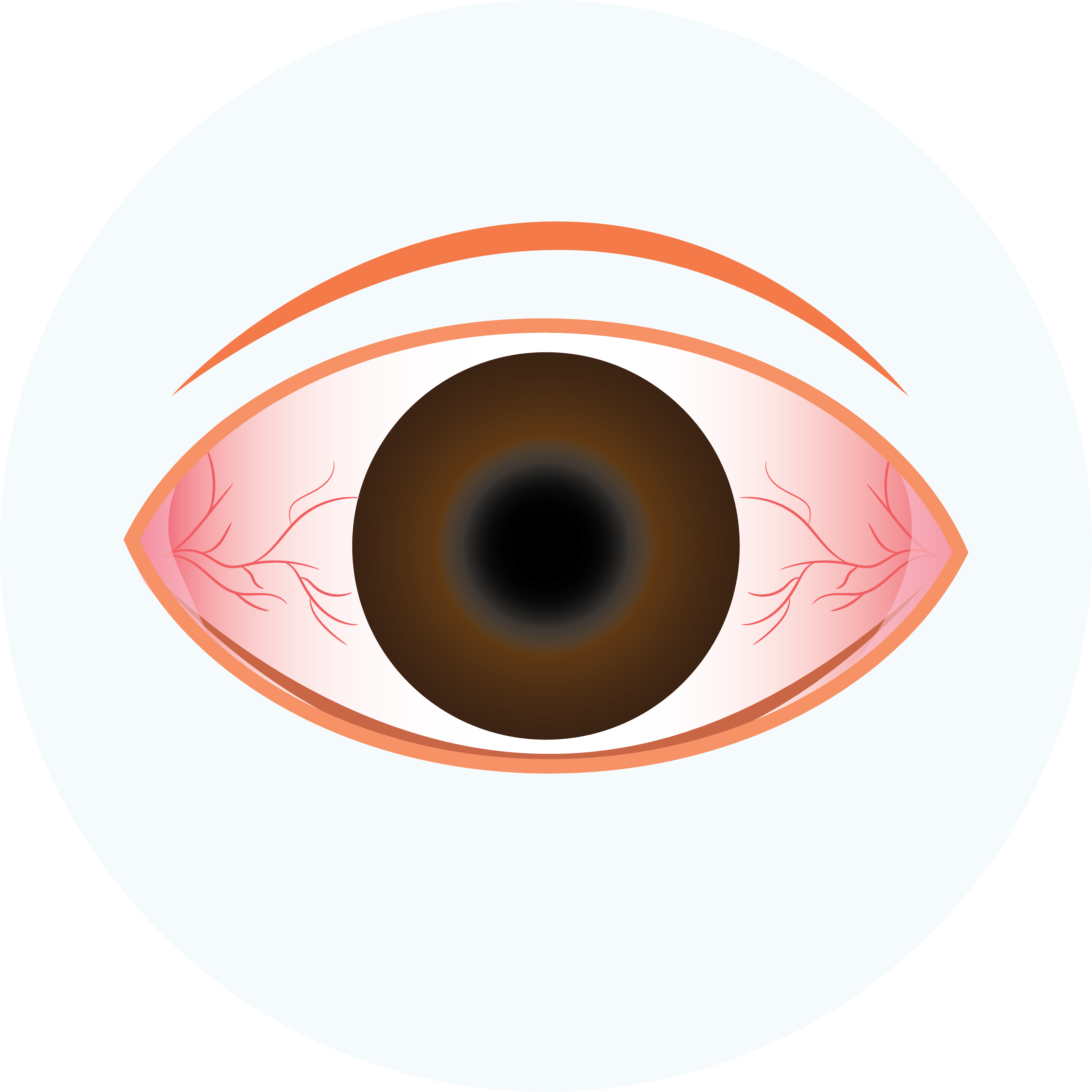| Name | Travoprost |
| Classes |
Dermatological/Topical Agent Ophthalmic Preparation Glaucoma Agent |
| Diseases |
Glaucoma Ophthalmic Disease |
Travoprost
Travoprost is a prostaglandin analogue. It is a selective FP prostanoid receptor agonist which is believed to reduce intraocular pressure by increasing uveoscleral outflow.
Travoprost is indicated for the reduction of elevated intraocular pressure in patients with open-angle glaucoma or ocular hypertension.
- Open angle glaucoma
- Ocular hypertension
- One drop in the affected eye(s) once daily in the evening is the recommended dosage.
- Travoprost ophthalmic solution should not be used more than once per day because more frequent administration of prostaglandin analogs has been shown to reduce the intraocular pressure lowering effect.
- The reduction in intraocular pressure begins approximately 2 hours after the first administration, with the maximum effect occurring 12 hours later.
- To reduce intraocular pressure, Travoprost ophthalmic solution can be used in conjunction with other topical ophthalmic drug products (IOP). If more than one topical ophthalmic drug is used, it should be given at least 5 minutes apart.
- ocular hyperemia
- decreased visual acuity
- eye discomfort
- foreign body sensation
- pain
- pruritus
- abnormal vision
- blepharitis
- blurred vision
- cataract
- conjunctivitis
- corneal staining
- dry eye
- iris discoloration
- keratitis
- lid margin crusting
- ocular inflammation
- photophobia
- subconjunctival hemorrhage and tearing
- Pigmentation: Pigmentation of the iris, periorbital tissue (eyelid) and eyelashes can occur. Iris pigmentation likely to be permanent.
- Eyelash Changes: Gradual change to eyelashes including increased length, thickness and number of lashes. It is usually reversible.
- Travoprost should be used with caution in patients with active intraocular inflammation (e.g., uveitis) because the inflammation may be exacerbated.
- Macular edema, including cystoid macular edema, has been reported during treatment with travoprost ophthalmic
- Travoprost has not been evaluated for the treatment of angle-closure, inflammatory or neovascular glaucoma.
- Contact lenses should be removed prior to instillation of Travoprost and may be reinserted 15 minutes following its administration.
- Bacterial keratitis has been linked to the use of multiple-dose containers of topical ophthalmic products. These containers had been contaminated inadvertently by patients, the majority of whom had a concurrent corneal disease or a disruption of the ocular epithelial surface.
Contraindication
None known.
None known.
None known.
 Bangla
Bangla English
English




